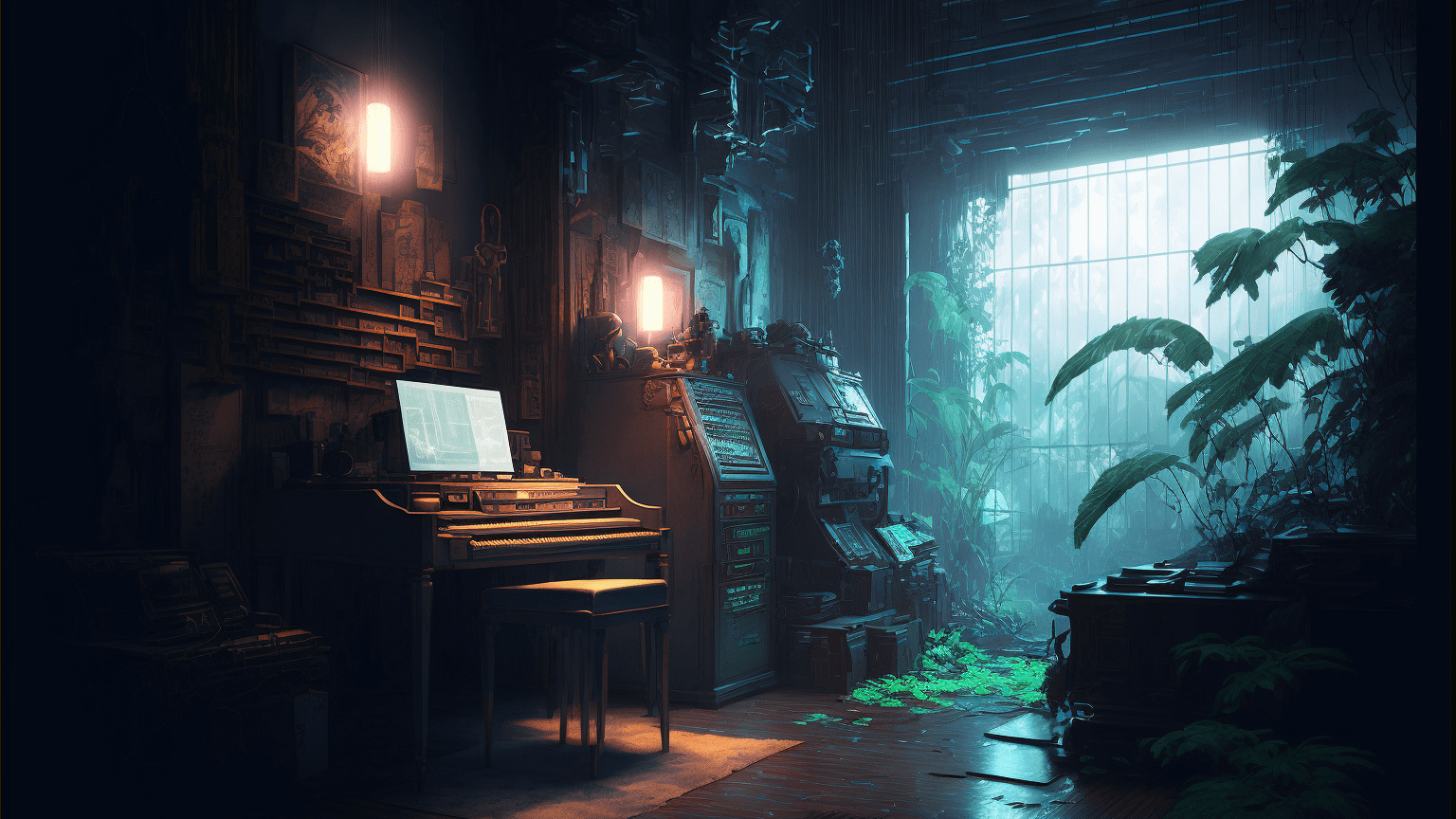In this article you will find tips for musicians who want to make therapeutic deep sleep music for relaxation, stress relief and meditation.
Mediating deep sleep music is a type of music that is specifically designed to promote relaxation and help individuals fall into a deep sleep. It often features gentle, soothing sounds, such as the sound of ocean waves or rain, and has a slow tempo and a consistent rhythm.
This type of music can be an effective stress reliever and meditation tool, as well as a means of reducing anxiety, improving mood, and promoting overall well-being. Listening to deep sleep music before bedtime can help many people fall asleep more easily and sleep more soundly.
There are a few pointers for musicians who create therapeutic deep sleep music for stress relief and meditation.
Consider the following suggestions:
- Deep sleep music should have a slow tempo to help slow down the heart rate and promote relaxation. Aim for a tempo of 60-80 beats per minute to induce relaxation.
- Deep sleep music should include calming sounds to help soothe the mind and promote relaxation. Calming sounds can include ocean waves, gentle rain, or soft, ambient music.
- Keep the volume low: Deep sleep music should be played at a low volume to avoid overstimulating the listener. Deep sleep music should have a volume of 60-70 decibels.
- Experiment with various sounds and melodies: Everyone has different musical preferences, so it’s important to try out various sounds and melodies to see what works best for you. Combine various sounds and melodies to create a one-of-a-kind and calming track.
- Consider using binaural beats: Binaural beats are sounds that are designed to change the frequency of the brain, which can aid in the promotion of relaxation and deep sleep. To increase the effectiveness of your deep sleep music, you may want to incorporate binaural beats.
What to avoid when making deep sleep music:
It is critical to avoid using any sounds or instruments that could be jarring or disruptive to the listener when creating therapeutic deep sleep music for stress relief and meditation.
- This can include high-pitched or abrasive sounds, as well as loud or sudden noises like thunder or alarms.
- It’s also a good idea to avoid music with a fast tempo or complex rhythms, which can be stimulating and make it difficult for the listener to relax and fall asleep.
- Furthermore, avoid using lyrics in your deep sleep music because they can be distracting and prevent the listener from fully relaxing. Instead, use gentle sounds and instruments to create a soothing and calming atmosphere.
Here are some ideas for deep sleep music:
❗ Final tips: In the Music Library section, you will find a variety of free music that you can use for your next project.. Visit https://kjartan-abel.com/library/ You should also check out my channel on YouTube https://www.youtube.com/c/KjartanAbel

